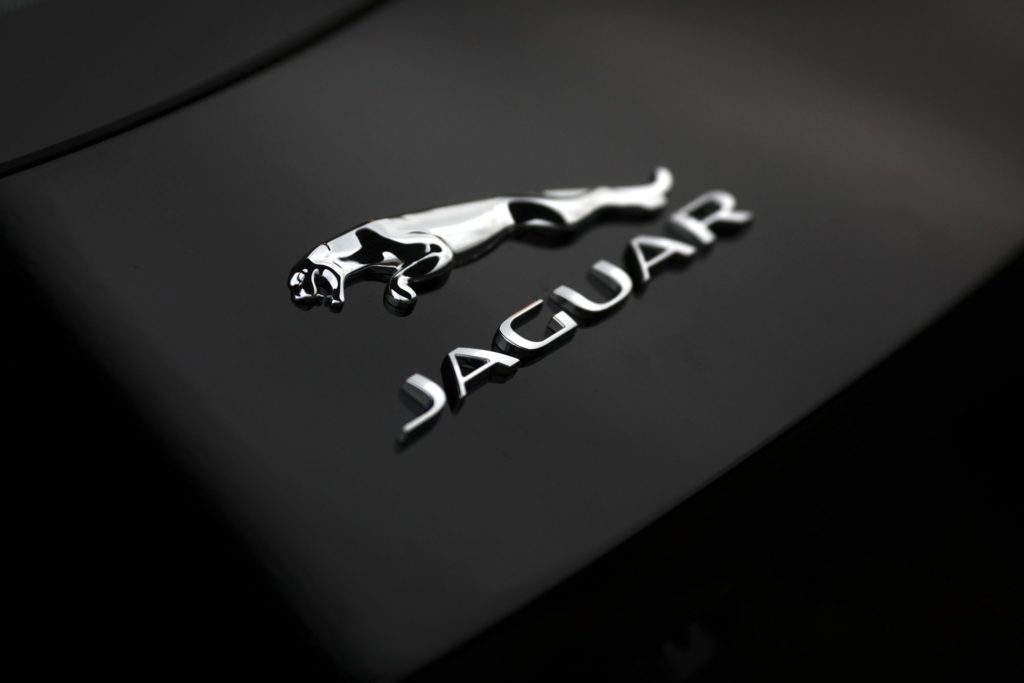Jaguar Land Rover’s Indian parent posted a lower-than-expected loss as an increase in production boosted the automaker that’s looking to tide over lingering semiconductor shortages by signing supply pacts with chip companies.
(Bloomberg) — Jaguar Land Rover’s Indian parent posted a lower-than-expected loss as an increase in production boosted the automaker that’s looking to tide over lingering semiconductor shortages by signing supply pacts with chip companies.
Mumbai-based Tata Motors Ltd.’s loss narrowed by 79% to 9.45 billion rupees ($116 million) for the three months ended Sept. 30, it said in an exchange filing Wednesday. The average analyst estimate was for a 10.92 billion-rupee loss, according to data compiled by Bloomberg. Revenue rose 30% to 796.1 billion rupees, beating estimates, while total costs surged 25%.
Jaguar Land Rover’s revenue jumped 36% to £5.26 billion ($6 billion) and quarterly loss before tax pared to £173 million from a year ago. The British marque’s production and sales volumes are forecast to improve in the months to March and free cashflow may approach breakeven for the full financial year.
“Demand for our most profitable and desired vehicles remains strong and we expect to continue to improve our performance in the second half of the year, as new agreements with semiconductor partners take effect, enabling us to build and deliver more vehicles to our clients,” Thierry Bollore, JLR’s chief executive officer, said in the post-earnings statement.
The earnings show how Tata Motors is working through supply snarls that have crimped output across the global car industry. The recent virus-related lockdowns in China have also curtailed car production and dampened sales, mounting more challenges for automakers that are already facing inflation and risks of a recession.
‘Better Visibility’
To tackle these headwinds, Jaguar Land Rover is signing long-term agreements with chip suppliers to stem the shortages that have hobbled the automaker. These pacts will give the company “better visibility” on supplies, the company said.
In a separate statement Wednesday, Jaguar Land Rover announced a strategic partnership with Wolfspeed Inc. for the supply of silicon carbide semiconductors that is “integral to electrification” of its next generation models.
The production ramp up of New Range Rover and New Range Rover Sport improved with wholesales of 13,537 units during the quarter, up from 5,790 units in the previous quarter.
Its parent, Tata Motors, raised the price of passenger vehicles by 0.9% on average earlier this month in a bid to offset the elevated input costs and protect its margins.
Strong Demand
Despite this, demand for Tata Motors said in the filing that demand for its passenger vehicles is likely to remain strong but may taper a bit after the festive season. The parent’s global wholesales of passenger vehicles in the second quarter rose 43% to 232,750 units from a year earlier.
Tata Motors, which dominates India’s electric-car market, aims to roll out 10 electric vehicles by 2026 and launch a battery-powered hatchback at a price below 1.25 million rupees in the cost-conscious Indian market. Its electric-vehicle unit attracted investments from a TPG fund and other investors last year.
The company aims to close the Sanand plant acquisition from Ford Motor Co. by early 2023, Tata Motors’ Chief Financial Officer P.B. Balaji said in the earnings call.
Tata Motors to Delist American Depositary Shares After January
Some challenges continue for the Indian automaker whose shares have slipped almost 10% this year while the broader market benchmark S&P BSE Sensex has climbed.
Jaguar Land Rover’s wholesale volume of 75,307 units during the quarter missed its guidance of 90,000 units due to supply problems.
“The global markets are volatile, therefore, we will watch it cautiously,” Balaji said. “Our entire focus is on ramping up supplies.”
–With assistance from Siddharth Philip.
(Updates with details throughout.)
More stories like this are available on bloomberg.com
©2022 Bloomberg L.P.











